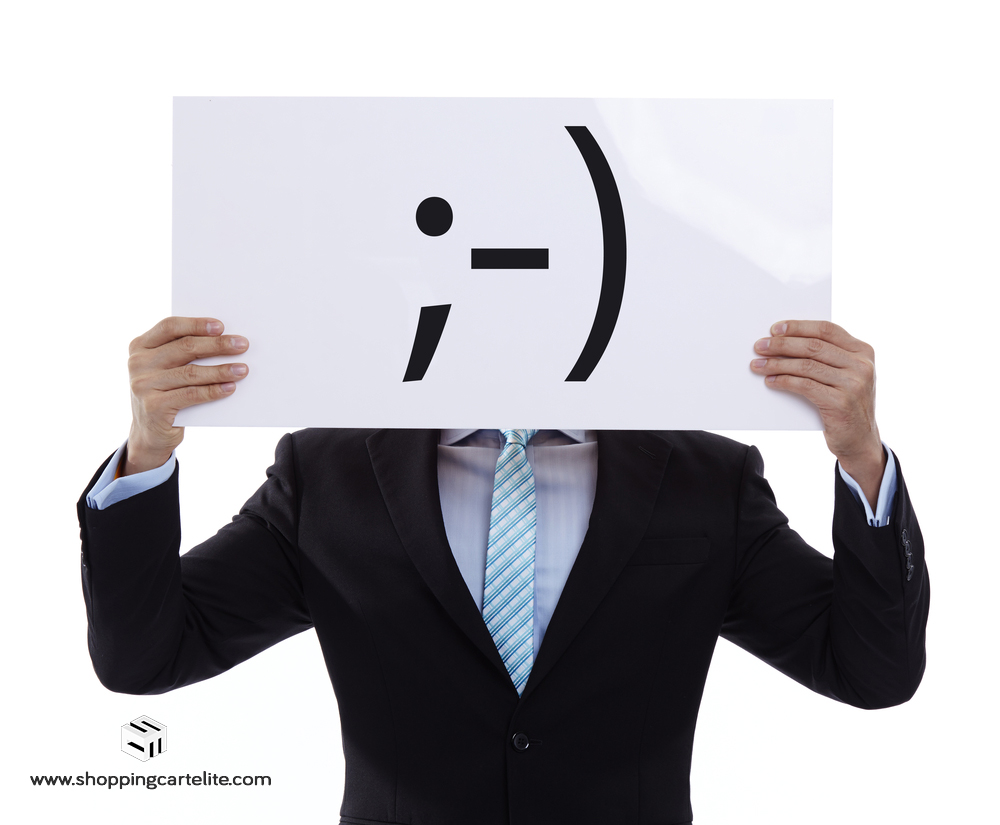ARE B2B COMPANIES SPENDING TOO MUCH ON IMPROVING CUSTOMER EXPERIENCES?

B2B companies are spending more to improve their customer experiences, but new research shows they could be wasting up to half of their investments.
According to an Accenture study, the overwhelming majority of business-to-business (B2B) organizations are spending more on initiatives to improve their respective customer experiences, but many are not getting the most return on those investments.
Accentures study, which was based on a survey of 1,458 sales, service, and customer executives of B2B companies in 13 countries, suggests most (76%) might be wasting up to half of their investments on ineffective customer experience initiatives.
Accentures research reveals that executives believe their business customers increasingly are exhibiting consumer-like behaviour in terms of how they view, interact with, and buy from their suppliers; including their knowledge of the market, higher expectations, and greater price sensitivity.
As a result, 43% of B2B supplier executives say they intend to increase spending on improving customer experience programs by 6% or more during the next fiscal year. But more than half the respondents indicated that their customer experience programs had achieved little, flat, or negative return in terms of retaining customers (55%) and building global revenues (52%).
The study, B2B Customer Experience: Start Playing to Win and Stop Playing Not to Lose, explores the significance, scale, and success of B2B companies initiatives to provide their business customers with a positive customer experience across all sales, marketing, and service touch points.
Whats more, 85% of B2B supplier executives consider the overall customer experience they provide in sales and service to be very important to their strategic priorities, and 70% recognize that, over the next two years, customer experience-related considerations will play an even larger role in their overall respective corporate strategies.
The relationship between company and supplier has changed, Robert Wollan, global managing director of Accentures Sales and Customer Services practice, said in a release. Business customers are acting more like consumers. They know more about the services on offer, expect more customized solutions, and are more price-sensitive. Companies say they recognize this, but the majority are not designing and executing the necessary changes effectively. This creates a drain on profitability and missed opportunities. Getting B2B customer experience right increasingly determines market success, but too many companies are playing not to lose rather than playing to win.
Accentures study divided B2B companies into three broad segments, according to their ability to plan and execute customer experience programs that deliver annual revenue growth:
Masters: This group prioritizes customer experience and excels at both defining and executing a customer service strategy, which helps them generate an average 13% annual revenue growth. Only about a quarter of the companies represented by the survey (24%) would qualify as Masters, according to Accentures analysis.
Strivers: Characterized by moderate customer experience performance, across either strategy, execution or both dimensions, Strivers are represented by nearly half (48%) the companies represented by the survey. According to Accenture, the results achieved by these companies in customer experience help to deliver an average of 6% annual revenue growth.
Laggards: According to Accenture, companies in this group, which represents 28% of the survey sample, produce a negative average annual revenue growth figure of -1%, partly due to large performance gaps in their customer experience strategy and execution capabilities.
The study found that Masters are more aggressively investing time and money in improving their customers experiences than Laggards, and outperforming Laggards in several ways:
- More than nine out of 10 Masters companies (92%) have embedded customer experience delivery as a formal end-to-end business process that connects how customers interact and engage across sales, marketing, and service functions, compared to just under half (46%) of Laggards.
- Masters are more likely to make the customer experience a central element of their strategy and day-to-day operations. Whats more, 91% of Masters link performance reviews, compensation and bonuses to customer experience outcomes for their sales and service workforces, compared to less than half (42%) of Laggards.
- Masters are also more likely to place responsibility for delivery of the customer experience in a centralized function that directly manages several other functions (64% vs. 36%).
- Executives in the companies categorized as Masters were nearly four times more likely than Laggards to say that they will increase their customer experience budget by more than 6% in the next fiscal year (78% vs. 20%).
The performance gap between the Masters and Laggards is more dramatic than you would expect, given both groups cite customer service as a strategic priority, Wollan added. Most are not willing to walk the talk and make major changes. One place to get back on track is giving customer experience leaders control over, or close proximity to, the P&L; as well as fostering true collaboration across internal and external sales, marketing and service stakeholders, and external partners. Our analysis indicates that proximity to the P&L is one of the predictors of customer experience performance.
| ARTICLE SOURCE: This factual content has not been modified from the source. This content is syndicated news that can be used for your research, and we hope that it can help your productivity. This content is strictly for educational purposes and is not made for any kind of commercial purposes of this blog. |